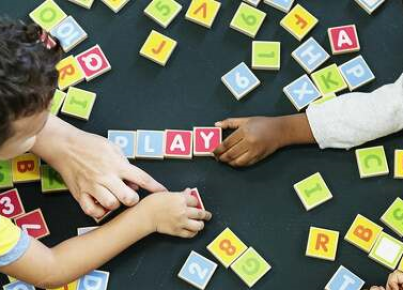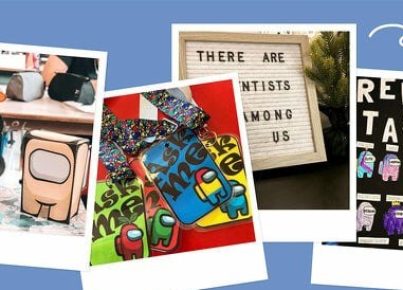Introduction: Engaging Students Through Gamification
The rise of digital technology in education has opened up innovative avenues for engaging students. One particularly exciting development is the integration of gamification into learning modules. A gamified 3D object unit plan takes this approach a step further, using three-dimensional models to create an immersive and interactive educational experience.
Lesson Objectives:
– To understand basic geometric shapes and their properties.
– To use 3D modeling software to create and manipulate geometric objects.
– To develop spatial reasoning skills through the manipulation of 3D objects.
– To apply geometry knowledge to solve real-world problems.
Unit Overview:
Week 1 – Introduction to Geometry and 3D Objects:
Day 1: Exploring Shapes
– Introduction to different types of geometric shapes.
– Interactive game where students identify shapes in a virtual environment.
Day 2–4: Properties of Shapes
– Learn about edges, faces, vertices, and symmetry through interactive lessons.
– Daily mini-quizzes in a game format for immediate feedback.
Week 2 – Getting Hands-on with 3D Modeling Software:
Day 5–7: Software Basics
– Tutorials on how to use 3D modeling software.
– Game-like challenges that include creating simple geometric shapes within the software.
Day 8–9: Advanced Techniques
– Lessons on more complex features of the software.
– Students earn points by completing design quests.
Week 3 – Spatial Reasoning Skills Development:
Day 10–12: Manipulating Objects
– Activities that require students to rotate, flip, and scale objects.
– A treasure hunt game where students must manipulate shapes to solve spatial puzzles.
Day 13–14: Complex Structures
– Design and construction of more complex structures like bridges or buildings within the software.
– A competition with class-wide voting on the most creative structure.
Week 4 – Real-World Application and Assessment:
Day 15–16: Real-world Challenges
– Problems derived from real-life scenarios that require the application of geometry knowledge in the software.
Day 17–18: Group Projects
– Group assignment to design a practical object (e.g., furniture piece) using their geometry skills and present it in a simulated market environment in-game.
Assessment Strategies:
Throughout the unit, assessment is integrated into the learning process. Each student will have a player profile where their progress can be tracked through:
1.Mini-Games Score: Points accumulated from daily quizzes serve as an indicator of understanding basic concepts.
2.Design Quests: Specific challenges within the software will assess proficiency in creating and manipulating objects according to rubrics that emphasize creativity, accuracy, and complexity.
3.Peer Reviews: For group projects, peer evaluation provides feedback on teamwork as well as design skills.
4.Final Project Presentation: Grading of the final project will consider functionality, aesthetics, application of geometry knowledge, and presentation skills.
Conclusion: Embracing Gamified Learning
This gamified approach provides a dynamic learning experience that promotes creativity, critical thinking, and problem-solving—crucial skills for students’ academic growth. By turning traditional education into an exciting quest for knowledge, learners can develop a deep understanding of complex concepts while enjoying every step of the journey.





